Did you know some livestock troughs are easier to maintain than others? Did you know that you could improve your farm animals’ productivity just by choosing the right material?
Livestock productivity potential is at its maximum when your animals can get the quality water that they need. With quality water, livestock drink more, eat well, and gain weight quicker. The question is, which water trough material can help you achieve these goals?
Different Types of Livestock Trough
See how the different materials used for manufacturing troughs impact livestock performance and your efforts below.
Galvanised Steel Troughs
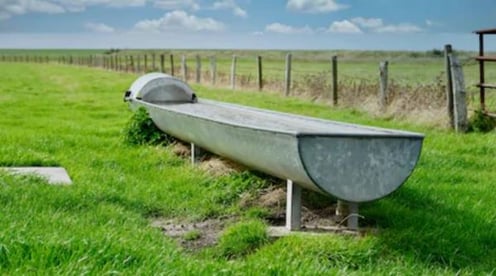
On rust resistance:
Galvanising is a process that involves the application of a zinc coating to steel or iron. It’s this coating that makes galvanised steel troughs resistant to rust, particularly red rust. But like all metals, this protective zinc coat can still chip or wear overtime, resulting in the exposed parts to eventually develop a different type of rust—e.g. white rust.
Without going into too much detail, white rust is aggravated by high alkalinity/high pH, soft water, and/or elevated concentrations of chloride and sulfate. Another factor that can make rust appear more quickly than it should is frequent exposure to the elements—e.g. salt or rain water.
On heat conduciveness:
Plain metal, in general, is very heat conducive. But because galvanised steel troughs are only partially metal, it’s more able to dissipate heat, specifically if it meets this condition: it’s well maintained and rust-free. Once the protective layer is damaged, the trough becomes more heat conducive and consequently elevates the water’s temperature.
Studies show that livestock do better with cooler water.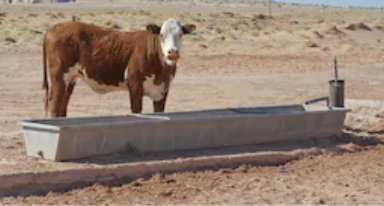
So if you have the unfortunate experience of a galvanised trough that heats up water faster than your livestock can drink, it might be best to place them underneath a shade (this also helps minimise the rate of water evaporation).
Do note that this comes at an expense. For instance, if the only trees you have available on a paddock rest on swampy or boggy ground, accessing your trough will be inconvenient for you and your livestock.
Without an easy access to water, livestock may not be able to drink as much as they need, which negatively impacts their performance and health.
Bonus point to remember:
It’s much harder to incorporate tactical grazing on your property if the options available for the strategic placement of livestock troughs around paddocks are greatly limited. Hence, the advantage of choosing troughs that are more resistant to the harsh Australian sun.
Related article:
Best Livestock Water Trough for Intensive Rotational Cell Grazing?
On impact resistance:
Although galvanised steel troughs are strong, this doesn’t make them indestructible. The right force of impact could bend or dent them out of shape. And since they are made of inflexible material, damaged areas are unable to return to their original shape—which could result in water leakage due to misaligned pipes and other plumbing issues.
On plastic liners:
Galvanised stock troughs may come manufactured with a plastic liner that functions to preserve the integrity of water. Care must be taken to avoid damaging this liner so water remains safe for livestock watering.
Concrete Troughs
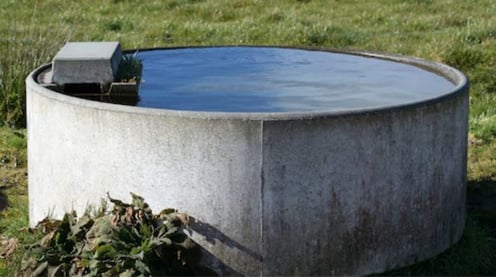
Concrete troughs stand firm on the ground and are tough. Because of these redeeming qualities, they aren’t as easy to topple over by larger animals like cattle.
Some of the downsides of concrete troughs have to do with their weight and make-up, which presents several challenges:
-
Concrete troughs are difficult to relocate. They aren't as adaptable as the lighter troughs for use in rotational grazing. Thus, transporting them to their ideal location on the paddock would take more effort than if a lighter trough (like a poly trough) was involved.
-
Being heavy, concrete troughs are harder to maneuver when cleaning.
-
Concrete water troughs are extremely porous, which makes them susceptible to the growth of bacteria.
-
Newly constructed concrete troughs may have elevated levels of lime which elevates the pH of water, an ideal environment for toxic algae to grow.
-
Concrete troughs can also erode and its reinforcing mesh exposed which affects the taste of water.
For more on the disadvantages of concrete troughs, explore this article below:
5 Things You May Not Know About Concrete Troughs
Fibreglass Water Troughs
Fibreglass troughs are lightweight and easy to install.
The main thing you have to watch out for with fibreglass is their susceptibility to cracks especially when mishandled. As a general rule, you have to consider how much livestock traffic you’re having and make sure that your trough of choice can handle it.
Other disadvantages of fibreglass troughs:
-
More prone to damage with soil shifts or uneven ground.
-
May be more expensive than poly/plastic troughs.
-
The UV-resistant gelcoat, when damaged, could compromise the longevity of the trough.
Poly Stock Troughs
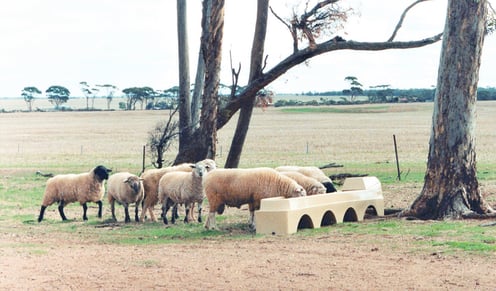
Sheep drinking from All Poly Stock Troughs
Polyethylene, as a material, is obviously not as hard as concrete or steel, but its composition offers advantages not found in others.
Some people argue that poly troughs, being made of plastic, must be prone to damage. This is not necessarily the case. Polyethylene is a sturdy yet flexible material, making poly troughs resilient and more than capable of adapting to different circumstances where others might be hard but then would break.
Here’s a summary of the advantages of poly livestock troughs:
-
Good quality poly troughs are likely to bounce back into shape after impact without displaying cracks.
-
Lightweight and therefore easier to maneuver, clean, relocate or incorporate with tactical rotational grazing.
-
Smooth and non-porous which makes them easier to clean.
-
Poly livestock troughs, unlike metal, aren’t heat conducive, which means that water stays cooler longer.
-
Does not leach chemicals or minerals that could impart an unpleasant taste in the water and prevent livestock from drinking.
-
Quality livestock troughs are made with food-grade polyethylene, no need for a lining that could get damaged.
-
UV stabilised for protection against harsh sunlight.
-
Completely rust-resistant, no need for extra coating to achieve 100% protection.
-
Available in different configurations at a wide range of capacities to fit various requirements.
It goes without saying that picking the right livestock trough should tick these boxes:
-
Enhanced support of livestock productivity by providing quality and cooler water with food-grade, rust-resistant and UV protective features.
-
Innovative material to reduce time spent on maintenance.
Choose the trough type that gives you the best results with the least amount of effort. The choice is yours to make!



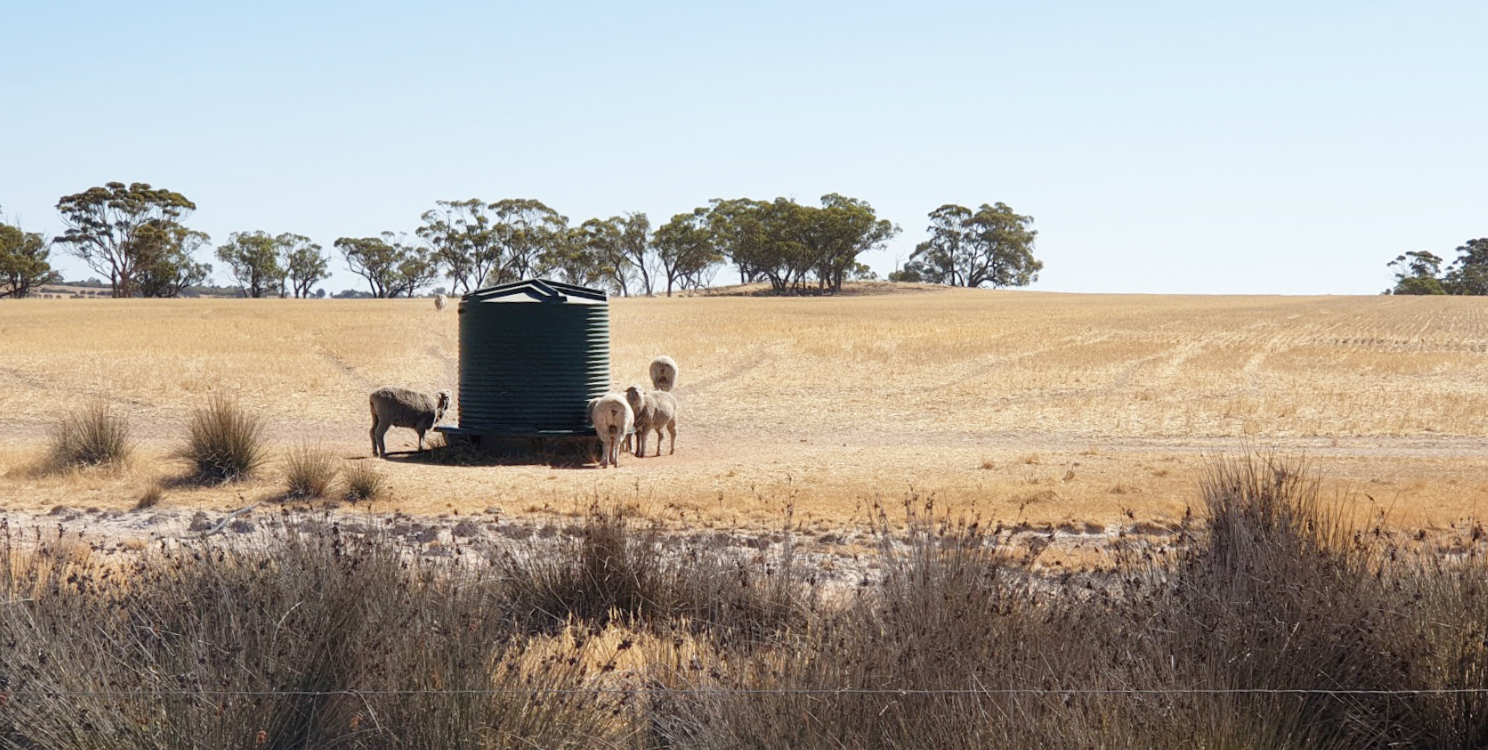
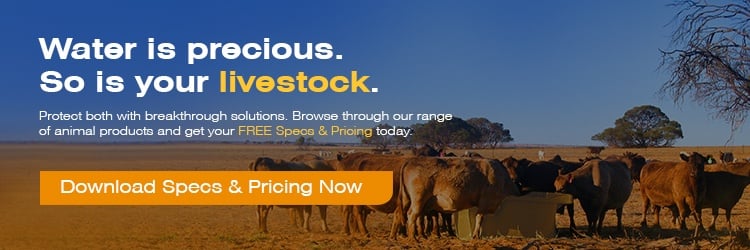

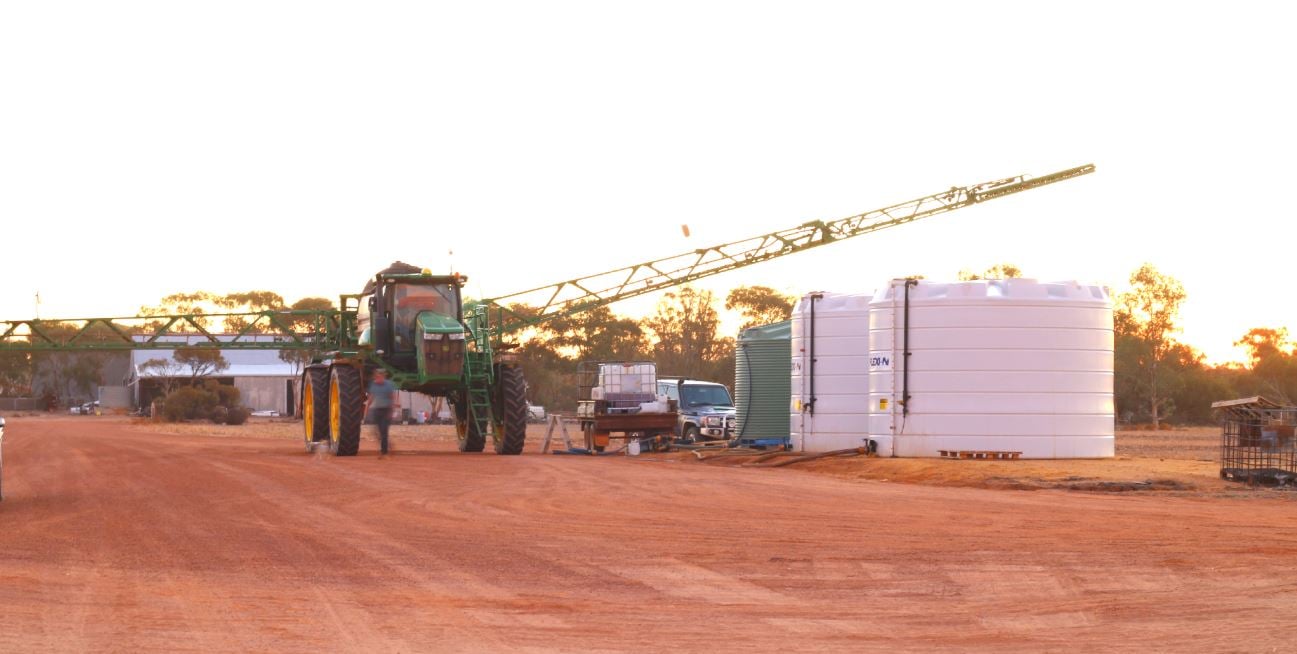

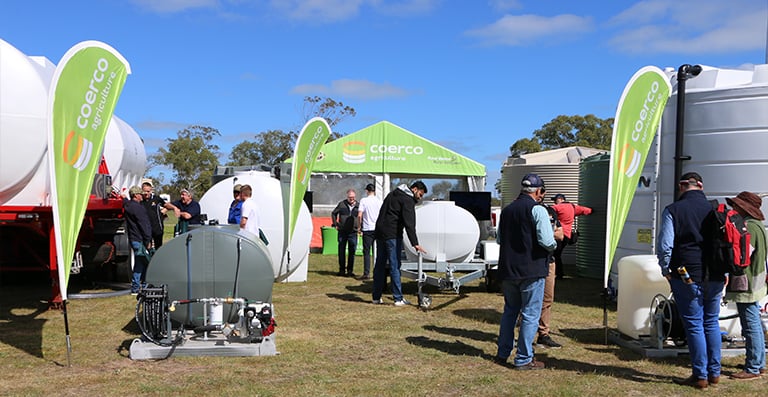
What do you think about this post?
Comments